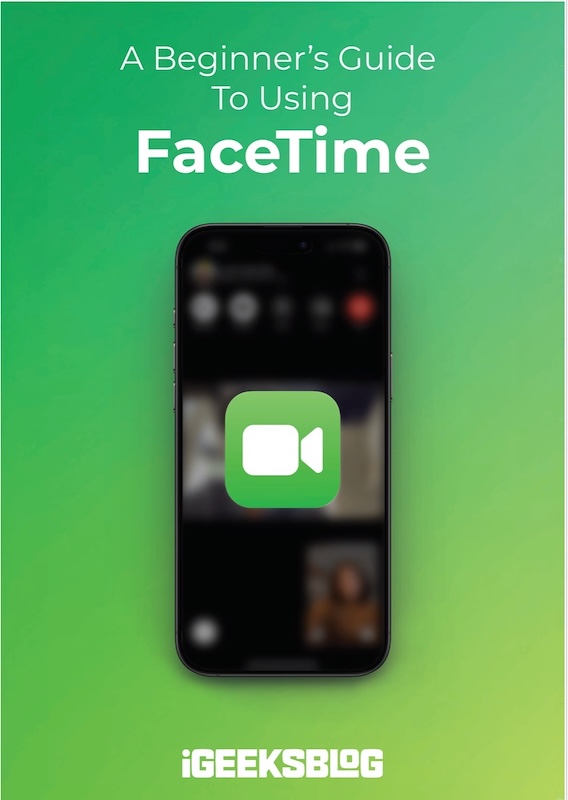
FaceTime Like a Pro
Get our exclusive Ultimate FaceTime Guide 📚 — absolutely FREE when you sign up for our newsletter below.

FaceTime Like a Pro
Get our exclusive Ultimate FaceTime Guide 📚 — absolutely FREE when you sign up for our newsletter below.
Apple’s Xcode 26 beta 7 introduces GPT-5 and Claude integration, giving developers smarter coding help, flexibility, and a true multi-AI workflow inside Apple’s IDE.
Apple just dropped Xcode 26 beta 7, and it’s a big one for developers who rely on AI inside their workflow. The update brings support for OpenAI’s latest GPT-5 models and, for the first time, direct integration with Anthropic’s Claude. It’s a move that gives developers more choice and flexibility right inside Apple’s IDE.
When Apple announced Xcode 26 at WWDC, it promised developers would be able to plug AI directly into their coding environment. That started with ChatGPT, but the new beta takes it further by adding GPT-5. By default, Xcode will now use GPT-5 for coding help, though developers can still switch to GPT-4.1 if they prefer.
There are two versions of GPT-5 available. The standard GPT-5 model is tuned for fast answers and should cover most coding tasks. The more advanced GPT-5 (Reasoning) model spends more time processing before it responds, making it better for difficult or complex problems where accuracy matters most.
The other major update is the addition of official Claude support. With beta 7, developers can now sign in using their paid Anthropic account directly in Xcode’s Intelligence settings. Once connected, they can use Claude Sonnet 4 for coding, reviews, and explanations without extra setup. This marks a shift from earlier betas, where Claude was only hinted at through code references.
Claude is known for its wide context window and strong reasoning skills, which make it especially useful for handling large codebases or giving detailed explanations. For some developers, it could also be a more cost-effective alternative to OpenAI’s models.
Beyond GPT-5 and Claude, Apple is keeping Xcode flexible. Developers can bring their own API keys for other AI providers or even run local models directly on Apple silicon Macs. This approach shows Apple is no longer keeping AI locked to its own systems; it’s building a multi-model ecosystem where developers can pick the tool that works best for them.
Apple’s move also signals a strategic shift. Instead of treating AI as something siloed, the company is opening Xcode to outside partnerships with OpenAI, Anthropic, and potentially more providers down the line. For developers, that means less friction and more options when it comes to writing, testing, and fixing code.
Also read: Apple May Turn to ChatGPT and Claude to Reinvent Siri